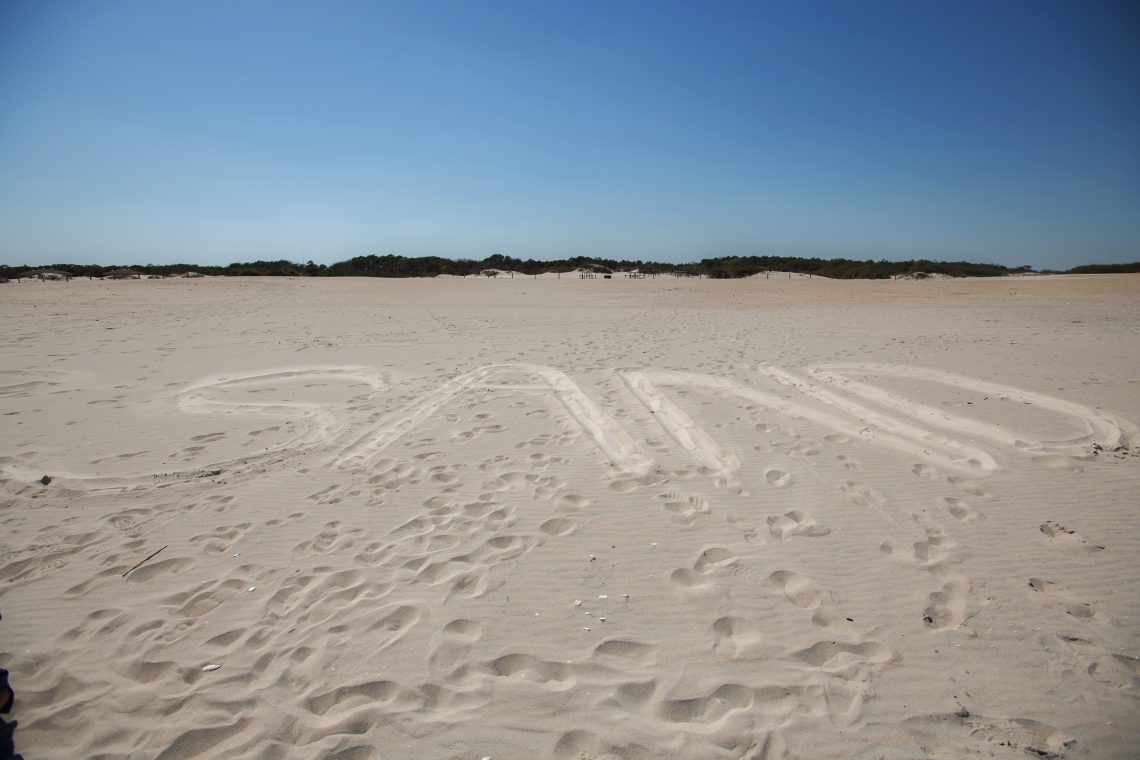Sand Trackers Professor David Harbor and his Spring Term class chased particles of sand from the Blue Ridge Mountains to the Barrier Islands and the high plains of Utah.
Over Spring Term, David Harbor, professor of geology at W&L, introduced his class to Sand, a course that covered the origin of the igneous and metamorphic rocks and minerals of the Blue Ridge Mountains and then traced the journey of those eroded particles into the James River and down toward the barrier island beaches. The students also followed ancient pathways of wind-blown sand from the Appalachians to the western sand dunes and spectacular cliffs of Zion National Park on the Colorado Plateau of Utah.
“Sand is everywhere,” said Harbor. “It is between our toes at the beach, sweeping beneath us in rivers and blown against us in stinging desert storms. And yet, this ubiquitous, ordinary substance tells incredible stories of plate-tectonic upheavals, vast seas covering now-dry continents, and journeys through rivers, into inland deserts, and along ocean shores. This field-based seminar, which is open to all first-year students, demonstrates how geologists use observations in modern environments, along with detailed microscopic and field descriptions, to define the conditions of landscapes long past.”
Here are a few pictures documenting some of their adventures.
 .
.
You must be logged in to post a comment.